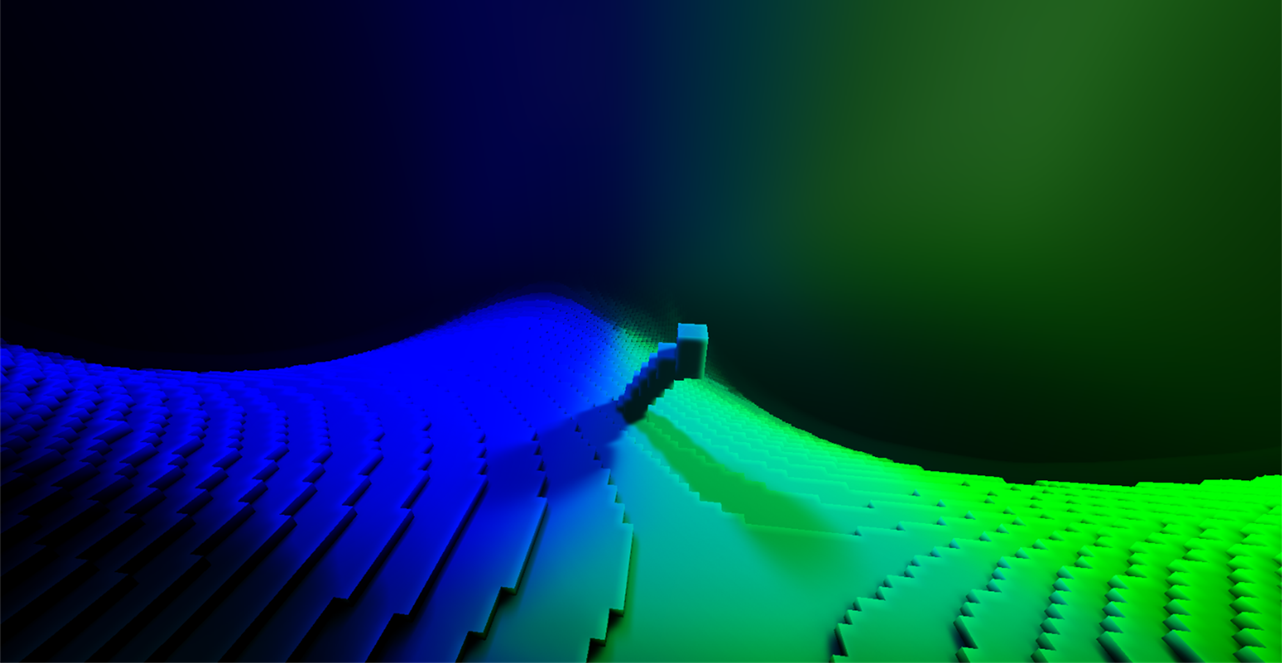
Overview
| Roles |
Graphics programmer |
| Duration | ~4 weeks |
| Platform | Windows |
| Engine | Custom-built during Block C in Year 2 as a team project |
| Team size | Solo |
Tools & Technologies
| Languages & APIs | C++, OpenGL, GLSL |
| Tools | RenderDoc, Nsight Graphics |
| Workflow | Git/GitHub |
| Libraries | ImGUI, MagicaVoxel loader |
Project Overview
During Block C in year 2 at Breda University of Applied Sciences I had the chance to work in a team on a voxel project. Since we were working with voxels it was a great opportunity for me to dive into global illumination research and prototypes and decided on trying cone tracing guided by the famous nvidia paper from 2011.
Goals and motivations
- Getting a better understanding of global illumination principles
- First time trying the interesting idea of cellular automata for light propagation
- Extra: I love the slow propagation of light volumes
Biggest obstacles
- Overcoming workflow of cone tracing for the first time
- Hiding light leaking problems, especially when lights are close to walls
- Balancing light propagation speed and performance
Highlights
- Cellular automata is used for direct light propagation
- Cone tracing for indirect calculation and direct sampling for volumetric effects as well as for specular
